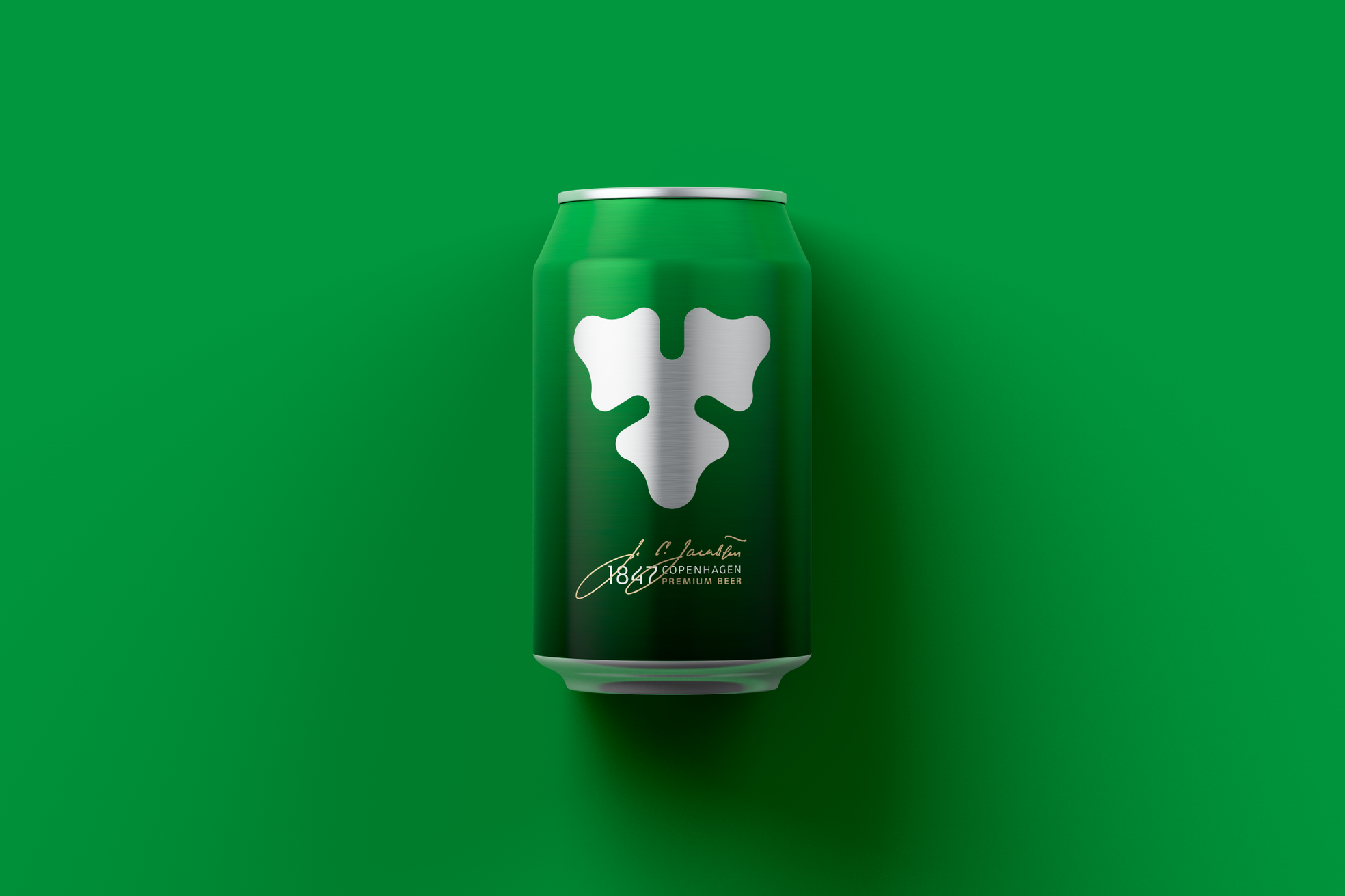This content was originally published by The Hop Review, a digital magazine that joined the Hop Culture family in March 2020.
This piece was written by Jack Muldowney.
GERMANY/DENMARK
With more and more brands on the shelves and increased competition from new regional breweries, German consumers found it increasingly hard to separate the “wheat from the chaff.” Or, maybe more accurately, the hop from the chaff.
Presented with this challenge, long-time Carlsberg design partner, Kontrapunkt, and Carlsberg Germany looked to give the can a new refreshed facing by distilling the purity and quality of the product in a minimalistic and refined expression.
The design evolution balanced out the descriptive elements and emphasized the hop leaf as a principal icon in a new temporary design. Yes, that little wingding is indeed meant to portray a hop leaf. Who knew?
The design is a manifestation of the brewery’s ambition to continuously improve the Carlsberg experience. With a custom hop leaf pull tap, matte colors and distinct clean look, the can represents the beer’s self-proclaimed ‘uniqueness’ and communicates the brand’s pioneering craft beer heritage. For perspective on just how far from the heritage packaging of the brewery’s years past, take a look here for a peek at the design evolution.
The newly minimalistic Carlsberg can is initially launching on shelves in Germany with other markets looking to follow suite.
Carlsberg has long been at the forefront of experimenting with packaging styles, silhouettes and materials (alongside other big players, like AB-InBev and MillerCoors). This is further evident, with their other new piece of packaging, the ‘Green Fiber Bottle.’ The bottle (below) is the first of its kind, and was part of a 3-year challenge, unveiled at the Sustainable Brands 2016 Copenhagen conference.
Håkon Langen, Packaging Innovation Director, mentioned: “The bottle has been created with input from some of the leading packaging specialists in the world, who are very excited to participate in the project. Though we still have technical challenges to overcome, we’re on track on the project.”
The fibers for the bottle will come from responsibly managed sources, with trees replanted at the same rate that they are harvested. While the bottle will degrade into environmentally non-harmful materials if discarded randomly, the intention is that it will form part of a proper waste management system, just like today’s bottles and cans.
–––
Images from Kontrapunkt.








